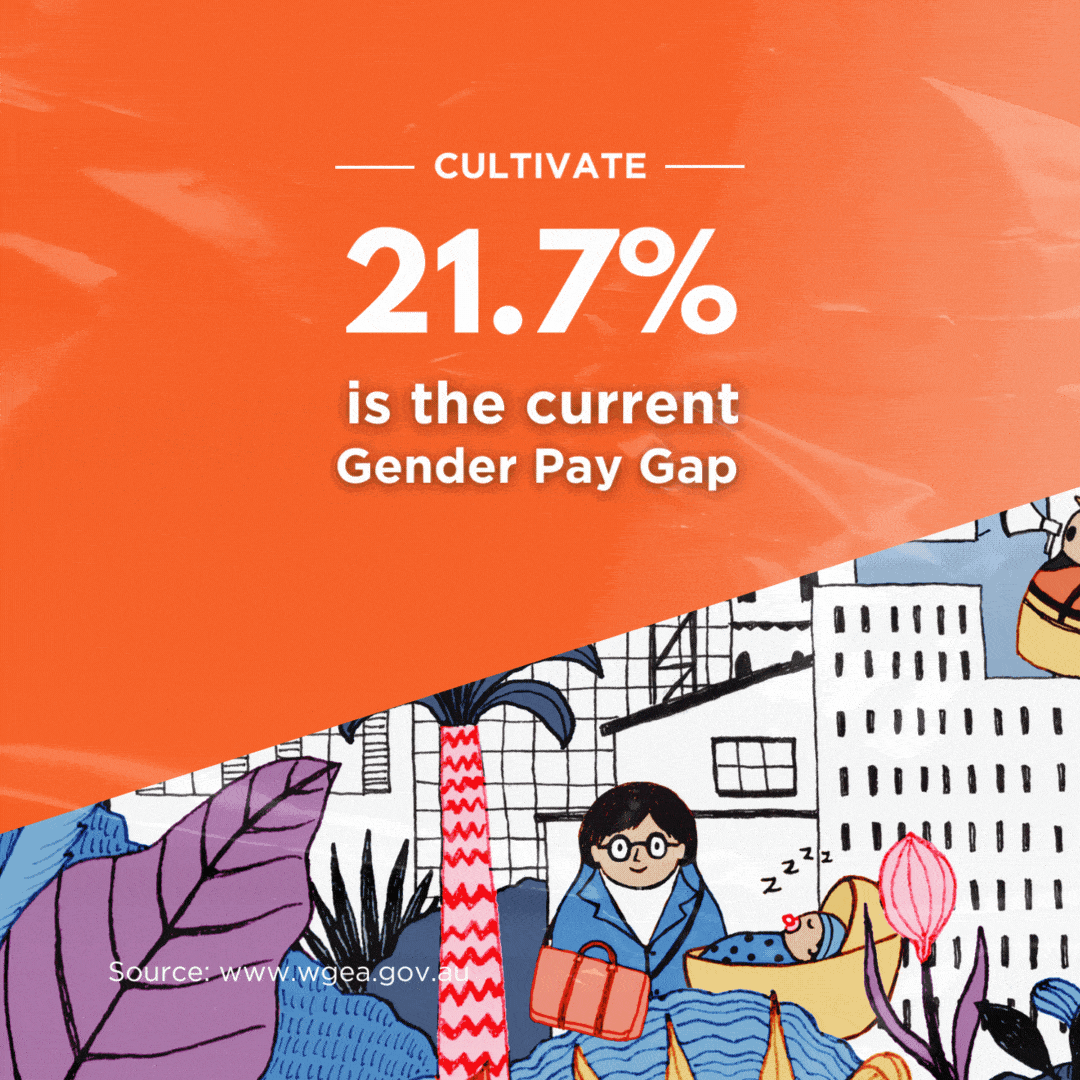The full power of generative AI can’t be realised without women: New report

The potential of generative artificial intelligence (AI) is being realised in real-time as more businesses seek to maximise productivity and eradicate laboursome tasks.
But some alarming gaps in gender equity in AI could amplify existing inequalities in what is quickly becoming a new era of tech.
Recently, Women’s Agenda and Salesforce held a roundtable in Sydney with several influential women leading AI innovation, capturing their valuable insights into the risks, barriers, and opportunities for women and the industry more broadly.
We’ve collated these insights, as well as data from global studies and analyses, in our latest report, The full power of generative AI can’t be realised without women, launching on Thursday.
The report covers a number of key risks of concern to women, including generative AI’s potential to perpetuate and amplify harmful stereotypes, users’ privacy and security concerns, job displacement, and the lack of regulation.
On the risks of generative AI amplifying stereotypes, Angela Shi, the co-founder and CEO of Empathetic AI, noted that bias, fairness, and accuracy are among the technology’s biggest risks.
“These risks stem from the inherent reliance of GenAI models on the data they are trained on,” she says.
Meanwhile, CEO of ThatsMyFace, Nadia Lee said: “The potential for deepfaked representations of our team bypassing security measures like FaceID, or being duped by sophisticated artificial media into unsafe partnerships and data exchanges, is a stark reality.”
“This poses a significant threat not only to our operations but, crucially, to our clients’ cybersecurity as well, who remain our top priority.”
When it comes to the main barriers to the use of generative AI, women at the roundtable noted a general lack of education and awareness plays a role, but there are also concerns about bias and various factors including privacy.
Product Manager at Canva, Maggie Liuzzi said people need to feel empowered when working with AI.
“One of the biggest risks is employees not leveraging these tools enough to 10X their productivity and craft, in the fear they will breach company policies or diminish their expertise in the eyes of others or themselves,” she says.
Tahlia Burgoyne-Thorek, a data and AI consulting manager at KPMG, said people often have the misconception that generative AI is an “all-encompassing tool” that will do everything for you/
“Due to this misconception, people feel that human based decision-making can be removed from the process,” she said.
“With anything that people don’t understand, education and clear communication is key.”
When used wisely, generative AI presents an exciting opportunity for women and minority groups, the report notes, explaining it has potential to actually remove bias from processes like recruitment, and provide a competitive advantage and bolster human-centred design thinking.
For example, one of Salesforce’s core priorities in designing AI systems is keeping humans at the helm, putting people at the heart so systems are created to better support and maximise what they can do.
As Lee explained, the aim at ThatsMyFace is “to develop tools that are accessible and intuitive, ensuring scalability without compromising on ease of use.”
“Startups should focus, and companies should invest in, technologies that are simple yet powerful: making AI a tool rather than a hurdle.”
Further, the report highlights that offering staff ongoing opportunities to learn more as generative AI is built into workflows can help enhance the overall capabilities of teams.
And, greater transparency around AI and its implementation is key. Professor Didar Zowghi, who leads diversity and inclusion research at CSIRO, says industry-wide standards should also factor in the codes being used by ethical AI companies.
“Implementing strong ethical guidelines and having oversight committees can help address moral dilemmas and ensure AI is developed and used responsibly,” she says.
You can see the full report from Women’s Agenda and Salesforce here.




